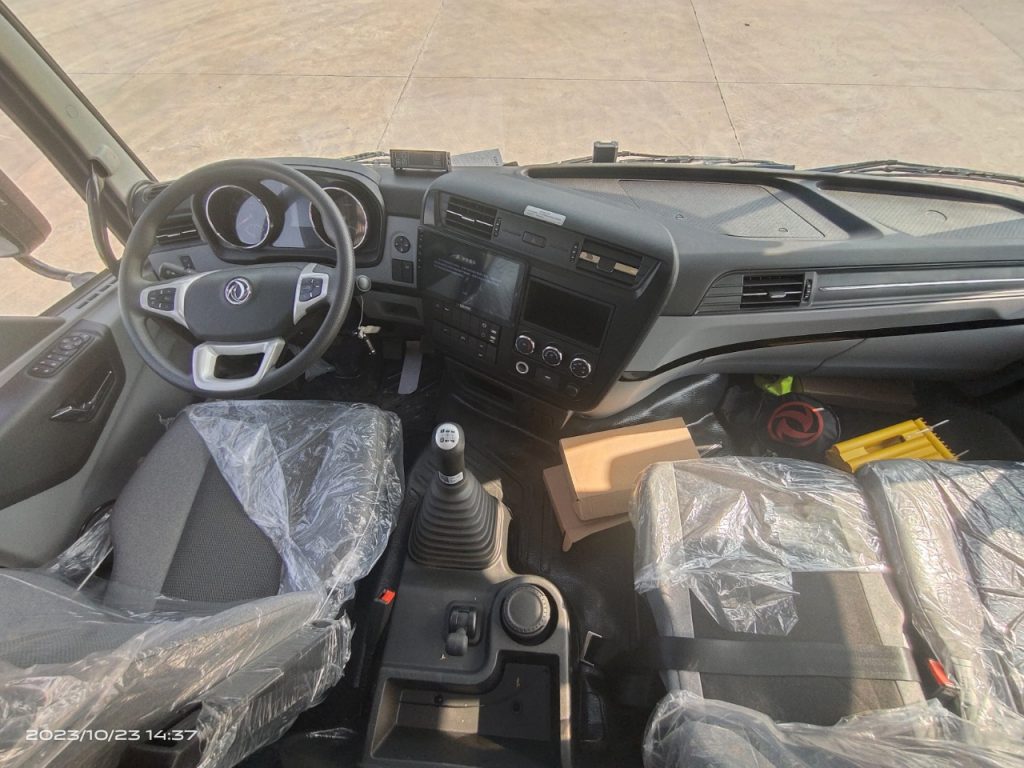Introduction
Truck-mounted cranes are indispensable equipment for heavy-duty tasks across various industries. These versatile machines combine the mobility of a truck with the lifting power of a crane, making them essential for construction, transportation, infrastructure development, and many other applications. In this comprehensive guide, we will explore the features, benefits, applications, and best practices of truck-mounted cranes in heavy-duty tasks.
1. Evolution of Truck-Mounted Cranes
Truck-mounted cranes have a rich history that dates back to the early 20th century when the first hydraulic crane was mounted on a truck chassis. Over the years, advancements in technology, materials, and design have led to the development of highly efficient and reliable truck-mounted cranes capable of lifting heavy loads with precision and ease.
The evolution of truck-mounted cranes has been driven by the need for increased mobility, versatility, and efficiency in heavy-duty tasks. Modern truck-mounted cranes are equipped with sophisticated hydraulic systems, telescopic booms, and advanced controls that enable operators to maneuver loads with precision and safety.
2. Features of Truck-Mounted Cranes
Truck-mounted cranes come in a variety of configurations and sizes to suit different lifting requirements. Some common features of truck-mounted cranes include:
- Telescopic Boom: Truck-mounted cranes are equipped with telescopic booms that can extend and retract to reach varying heights and distances. The length of the boom determines the maximum lifting capacity of the crane.
- Hydraulic System: The hydraulic system is the heart of a truck-mounted crane, providing the power needed to lift and maneuver heavy loads. Modern hydraulic systems are designed for efficiency, speed, and precision control.
- Stabilizers: Stabilizers are deployed to provide stability and support to the crane during lifting operations. They are essential for ensuring safe and secure lifting of heavy loads.
- Controls: Truck-mounted cranes are equipped with user-friendly controls that allow operators to precisely manipulate the crane's movements, such as lifting, lowering, swinging, and extending the boom.
- Safety Features: Safety is paramount in heavy-duty tasks, and truck-mounted cranes are equipped with various safety features, such as overload protection systems, emergency stop buttons, and audible alarms.
3. Benefits of Truck-Mounted Cranes
Truck-mounted cranes offer numerous benefits that make them indispensable for heavy-duty tasks. Some key advantages of using truck-mounted cranes include:
- Mobility: The ability to transport the crane to different job sites quickly and easily is a significant advantage of truck-mounted cranes. This mobility increases efficiency and reduces downtime.
- Versatility: Truck-mounted cranes are versatile machines that can perform a wide range of lifting tasks, from loading and unloading materials to erecting structures and placing heavy equipment.
- Cost-Effectiveness: Truck-mounted cranes are a cost-effective solution for businesses that require occasional lifting operations. They eliminate the need to invest in a dedicated crane and can be rented or leased as needed.
- Time-Saving: Truck-mounted cranes are designed for speed and efficiency, allowing operators to complete lifting tasks quickly and safely. This time-saving advantage translates to increased productivity and profitability.
- Compact Design: Truck-mounted cranes have a compact design that enables them to maneuver in tight spaces and confined work areas where traditional cranes may not be able to operate.
4. Applications of Truck-Mounted Cranes
Truck-mounted cranes are used across a wide range of industries and applications for heavy-duty tasks. Some common applications of truck-mounted cranes include:
- Construction: Truck-mounted cranes are essential for lifting and placing heavy construction materials, such as steel beams, concrete panels, and machinery, on construction sites.
- Infrastructure Development: Truck-mounted cranes are used in infrastructure projects, such as road construction, bridge building, and utility installations, to lift and position heavy components with precision.
- Transportation: Truck-mounted cranes are commonly used in the transportation industry for loading and unloading cargo, containers, and equipment from trucks, trailers, and railcars.
- Oil and Gas: Truck-mounted cranes play a vital role in the oil and gas industry for lifting and moving heavy equipment, pipes, and materials at drilling sites, refineries, and pipelines.
- Utility Maintenance: Truck-mounted cranes are used by utility companies for maintaining power lines, installing transformers, and performing repairs on utility poles and infrastructure.
5. Best Practices for Operating Truck-Mounted Cranes
Operating a truck-mounted crane requires skill, training, and adherence to best practices to ensure safety and efficiency. https://www.worktruckmaker.com/how-to-choose-garbage-trucks/ for operating truck-mounted cranes include:

- Operator Training: Operators should undergo comprehensive training on the safe operation of truck-mounted cranes, including proper use of controls, load limits, and emergency procedures.
- Inspection and Maintenance: Regular inspection and maintenance of the crane are essential to ensure it remains in optimal working condition. Any defects or issues should be addressed promptly to prevent accidents.
- Load Limits: Operators should be aware of the crane's load limits and never exceed them. Overloading a crane can lead to instability, tipping, and catastrophic accidents.
- Ground Conditions: Before lifting a load, operators should assess the ground conditions to ensure they are stable and level. Uneven or soft ground can compromise the stability of the crane.
- Communication: Clear communication between the crane operator and ground personnel is essential for safe lifting operations. Hand signals, radios, and other communication devices should be used to coordinate movements.
Conclusion
Truck-mounted cranes are indispensable equipment for heavy-duty tasks across various industries. Their versatility, mobility, and efficiency make them a preferred choice for lifting and maneuvering heavy loads with precision and safety. By understanding the features, benefits, applications, and best practices of truck-mounted cranes, businesses can enhance their operations and achieve greater productivity in heavy-duty tasks.
